When it comes to the intricacies of transportation, understanding the dimensions of your semi-trailer is crucial for compliance, logistics, and operational efficiency. Whether you’re a fleet manager, a truck driver, or an owner-operator, grasping the various aspects of semi-trailer lengths can vastly improve your operational accuracy and decision-making process. This guide will navigate through the complexities of semi-trailer lengths, offering detailed insights into factors that influence size, legal regulations, and how to calculate your specific trailer length.
Understanding Semi-Trailer Lengths
What Constitutes a Semi-Trailer Length?
Before diving into the specifics, let’s break down what a semi-trailer is. A semi-trailer is a type of trailer designed to be towed by a tractor unit. Unlike a full trailer, a semi-trailer has no front axle—this design allows it to rest partially on the tractor itself. The overall length of a semi-trailer includes both the trailer’s actual length and the portions that connect to the tractor.
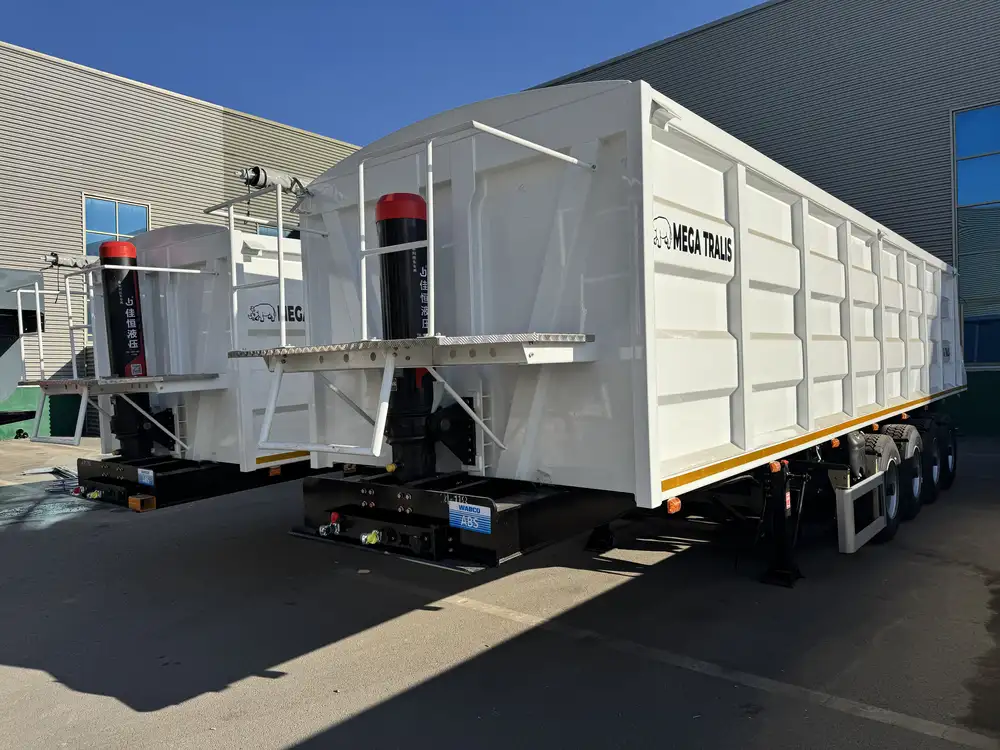
Standard Lengths of Semi-Trailers
| Type of Trailer | Average Length Range |
|---|---|
| Standard Dry Van | 28 to 53 feet |
| Flatbed Trailer | 48 to 53 feet |
| Refrigerated Trailer | 28 to 53 feet |
| Tanker Trailer | 34 to 45 feet |
| Lowboy Trailer | 20 to 40 feet |
These ranges can vary depending on specific industry requirements and regional regulations. For example, while most states in the U.S. permit semi-trailers up to 53 feet, some states have restrictions on the maximum allowable length.
Why Does Length Matter?
Understanding the length of your semi-trailer is vital for several reasons:
- Compliance with Regulations: Different states and countries have distinct laws governing trailer lengths. Overly long trailers may incur fines or require special permits.
- Transportation Efficiency: Knowing your trailer’s length helps optimize loading logistics and minimizes empty miles.
- Payload Capacity: The nature of how trailer length affects load distribution and overall capacity can impact safety, durability, and fuel efficiency.
Factors Influencing Semi-Trailer Length
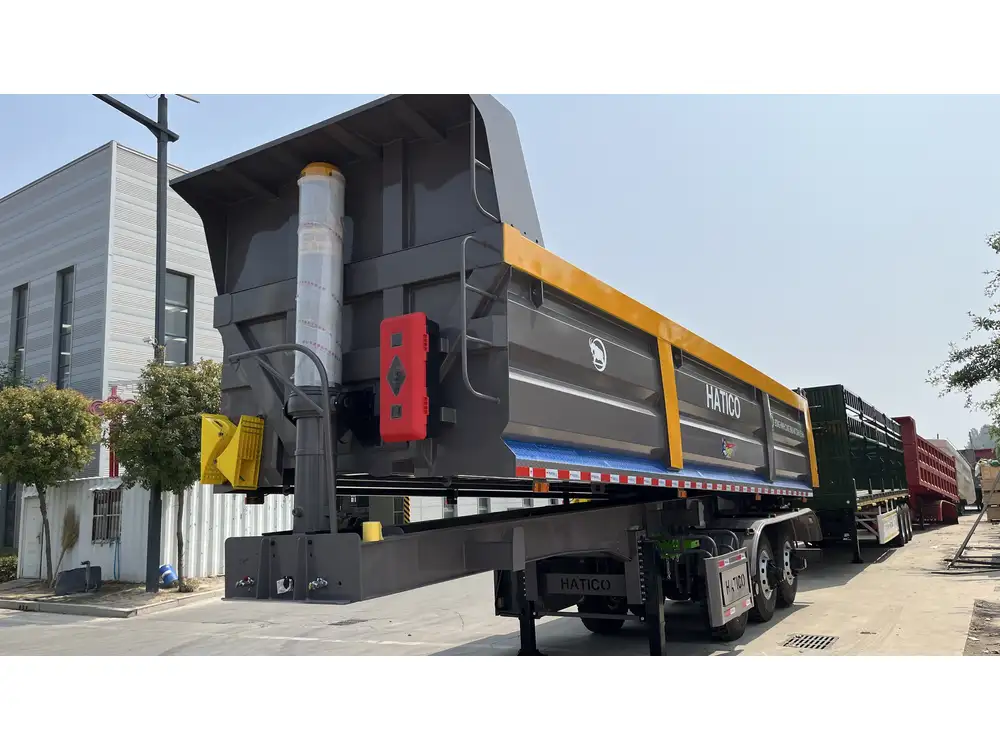
Regulations and Legal Limitations
United States
In the United States, length regulations are often dictated by both federal and state laws. Under federal standardization:
- Max Semi-Trailer Length: 53 feet for full trailer units.
- Overall Vehicle Length: 65 feet is generally permissible for tractor-trailer combinations.
These lengths apply universally but can change based on specific road types and geographical areas. States like California have additional stipulations, affecting overall transport dynamics.
Canada
While similar to the U.S. in length regulations, Canada has some nuances:
- Maximum Length for Semi-Trailers: 53 feet, with certain provinces allowing more leniency based on specific routes.
Interprovincial configurations can differ, so staying informed about localized regulations is essential.
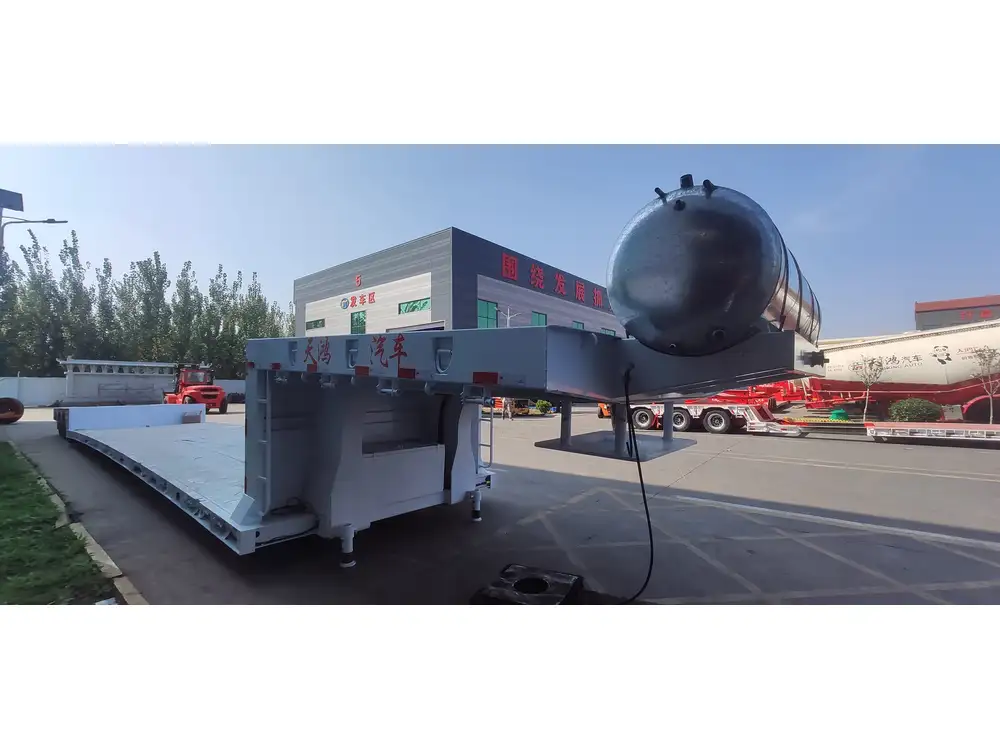
Types of Cargo
The nature of cargo being transported plays a significant role in determining the suitable semi-trailer length:
- Refrigerated Goods: Require a standard or slightly elongated unit for adequate air circulation.
- Heavy Machinery: Often necessitate flatbed trailers that can host larger and heavier loads.
Weight Distribution and Stability
Understanding weight distribution relative to trailer length is pivotal in maintaining vehicle stability. Longer trailers can carry more cargo but may lead to handling complications if improperly loaded. Maintaining a well-distributed load across the entire length of the trailer improves maneuverability and enhances road safety.
How to Measure Your Semi-Trailer Length
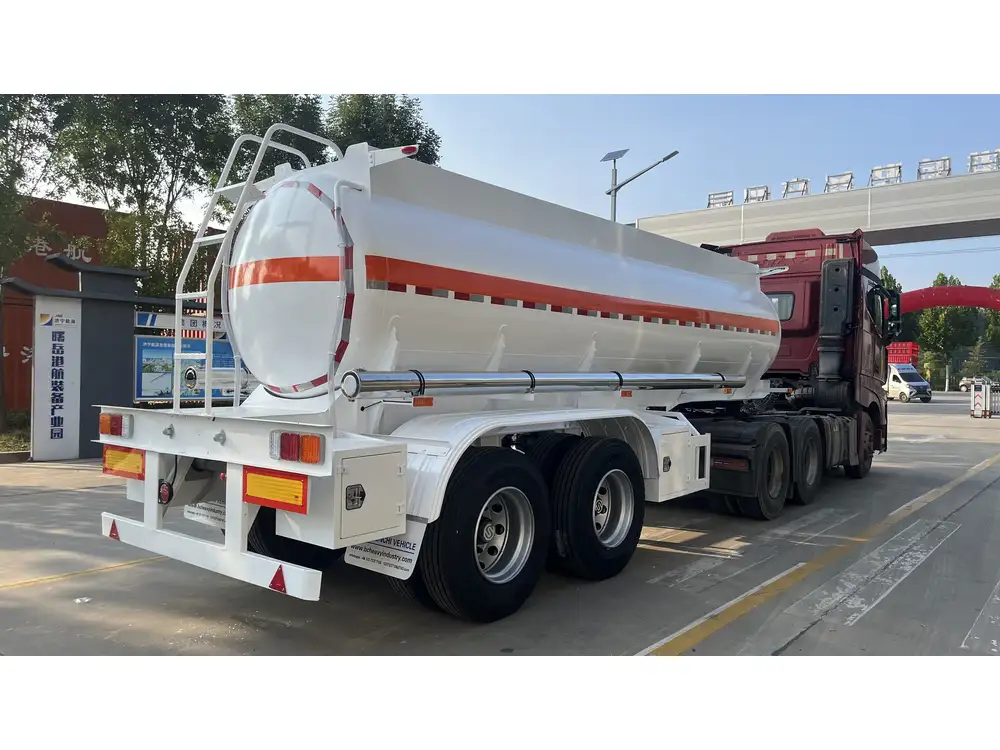
Step-By-Step Measurement Guide
- Park on a Level Surface: Ensure the trailer is parked on a flat area to obtain an accurate reading.
- Use a Measuring Tape: A long measuring tape (at least 100 feet) is ideal for this task.
- Measure from the Kingpin to the Rear: Plot a line from the kingpin (the connection point near the tractor) to the rear of the trailer. This measurement must be straight and aligned to reflect true length.
- Convert to Feet or Inches: Make sure your final length reading is in the unit of measure commonly used in your industry.
Calculating Total Length Including Tractor
When assessing total length for compliance and operational purposes, consider the following:
- Tractor Length: Typical tractor lengths range from 18 to 25 feet.
- Combine this with the trailer length for each load configuration to ensure compliance with regulations.
Common Types of Semi-Trailers
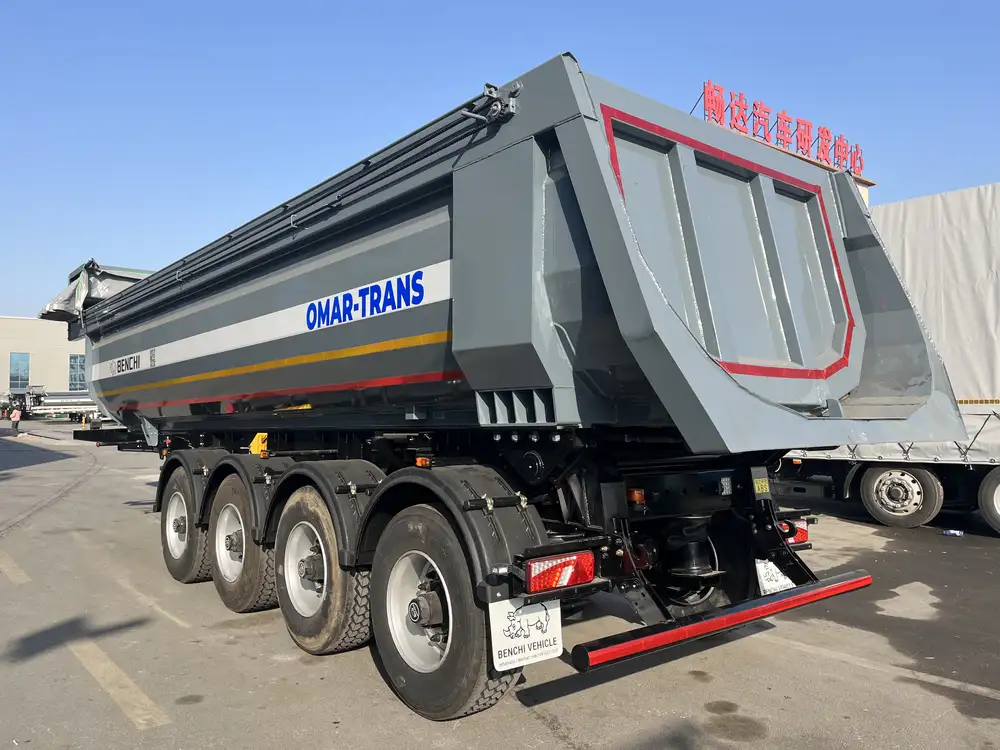
1. Dry Van Trailers
These are the most prevalent type of trailers used in the logistics industry, typically ranging from 28 to 53 feet. They provide ample enclosed space suitable for various cargo types and protection against the elements.
2. Flatbed Trailers
Ideal for heavy loads and oversized items, flatbed trailers usually range from 48 to 53 feet. Their open design allows for versatile loading and unloading processes.
3. Refrigerated Trailers (Reefers)
Crucial for transporting temperature-sensitive goods, refrigerated trailers also fall within the 28 to 53 feet range.

4. Tanker Trailers
These trailers carry liquids, such as fuels or chemicals, and commonly measure between 34 to 45 feet. Their design must accommodate the specific properties of the fluid they carry, ensuring safety and compliance.
5. Lowboy Trailers
Generally ranging from 20 to 40 feet, lowboy trailers are designed to carry heavy equipment and machinery while maintaining a low center of gravity, which aids in stability.
Tips to Optimize Your Semi-Trailer Load

Load Planning
- Understanding Load Weight: Utilize weight distribution charts to ensure even loading.
- Pallet Configurations: A proper pallet arrangement can maximize space and reduce risk of damage.
Compliance Checks
Keeping abreast of local regulations can avoid unnecessary fines:
- Regularly review the Federal Motor Carrier Safety Administration (FMCSA) guidelines.
- Consult applicable state regulations for inter-state transportation.
Trailer Maintenance
Regular maintenance checks can prevent unforeseen issues:
- Inspect tires regularly for wear and proper inflation levels.
- Check brake systems, lights, and safety equipment before each journey.
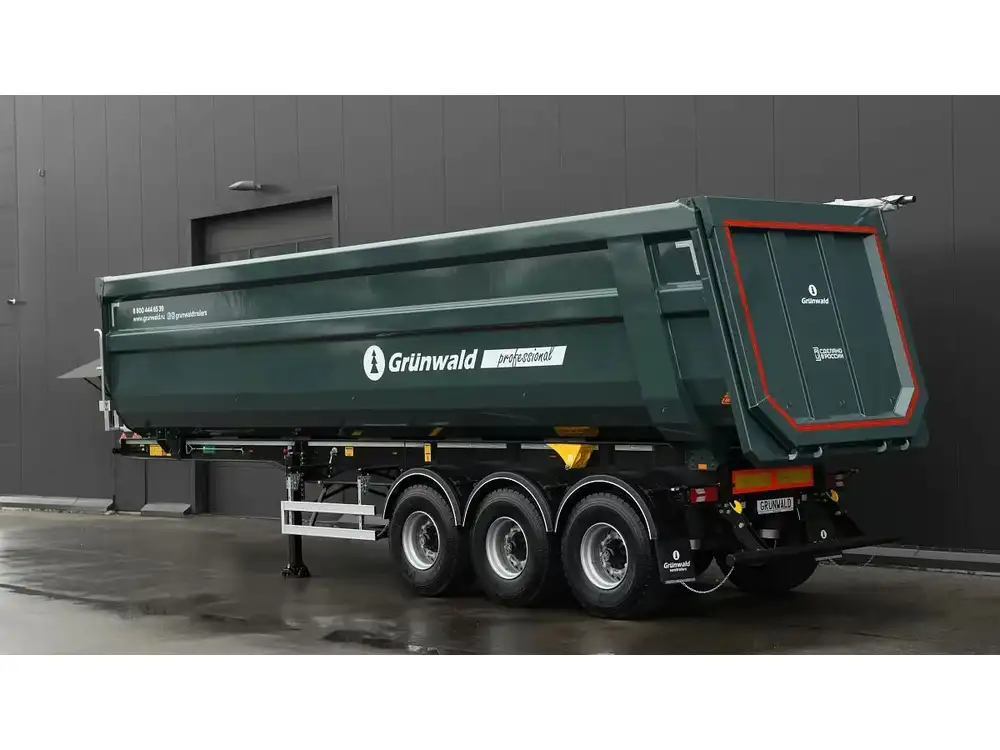
Conclusion: Enhancing Your Understanding of Semi-Trailer Lengths
In the multifaceted world of freight transportation, a comprehensive understanding of your semi-trailer’s length is paramount. It serves as the foundation for ensuring compliance, optimizing load capacity, and enhancing overall operational efficiency. Armed with this knowledge, manufacturers and transport operators can make informed decisions that promote their success in a competitive industry.
Continuous education regarding regulations, maintenance, and efficient loading practices will further strengthen your operational strategies, paving the way for prosperity in the logistics landscape. The journey into understanding semi-trailer lengths not only fulfills regulatory mandates but also propels businesses toward peak performance and reliability on the open road.



